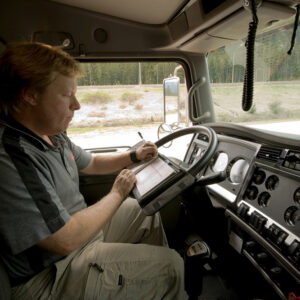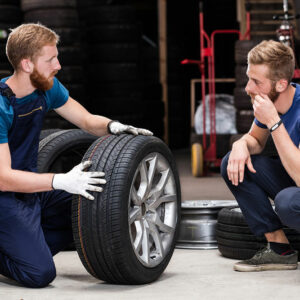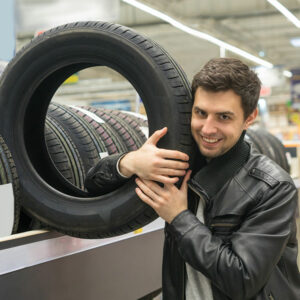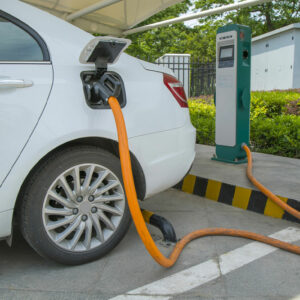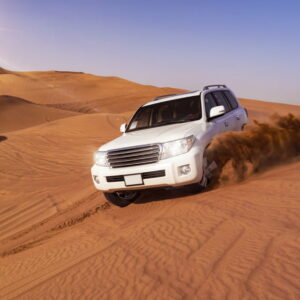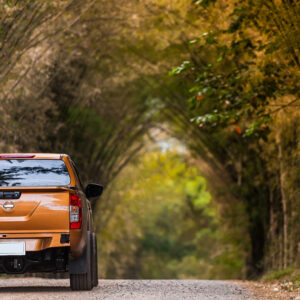
01
13 safety features to look for when buying an SUV
When it comes to purchasing a Sports Utility Vehicle (SUV), safety is the number one priority and concern. SUVs are known for their versatility, power, and spaciousness, making them a popular choice for families and adventure enthusiasts. However, their larger size and increased ride height also bring unique safety challenges for beginner and veteran drivers. It’s crucial to understand and prioritize the safety features available in modern SUVs, as explained in this comprehensive guide. Here are the safety features to look for before buying an SUV: 1. Electronic Stability Control (ESC) ESC is a crucial safety feature that helps prevent skidding and loss of control of the vehicle in slippery conditions. Where there is snow, rain, or just anything that makes the tires lose traction, ESC automatically applies brakes to individual wheels and reduces engine power. These calculations are spontaneous when the feature detects the vehicle is veering off the intended path. ESC is a potential lifesaver in adverse weather conditions and during sharp turns, all the while ensuring the SUV remains stable and under control. 2. Anti-lock Braking System (ABS) ABS is another essential feature that works with the ESC circuits to prevent the wheels from locking up during hard braking. This feature prevents the SUV from skidding out of control and helps maintain stability while coming to a stop. When evaluating an SUV for purchase, check for advanced ABS systems that can adapt to various road conditions. These are premium but worthwhile upgrades. 3. Traction Control System (TCS) Premium trims of branded SUVs even come with dedicated TCS that helps prevent wheel spin by adjusting engine power and applying brakes to the wheels with reduced traction. It’s handy when driving on slippery surfaces, like rain-soaked roads or icy terrain. An effective TCS contributes to better control and stability, especially when accelerating from a stop, to prevent too much power transfer from the engine to the driveshaft.
Read More 